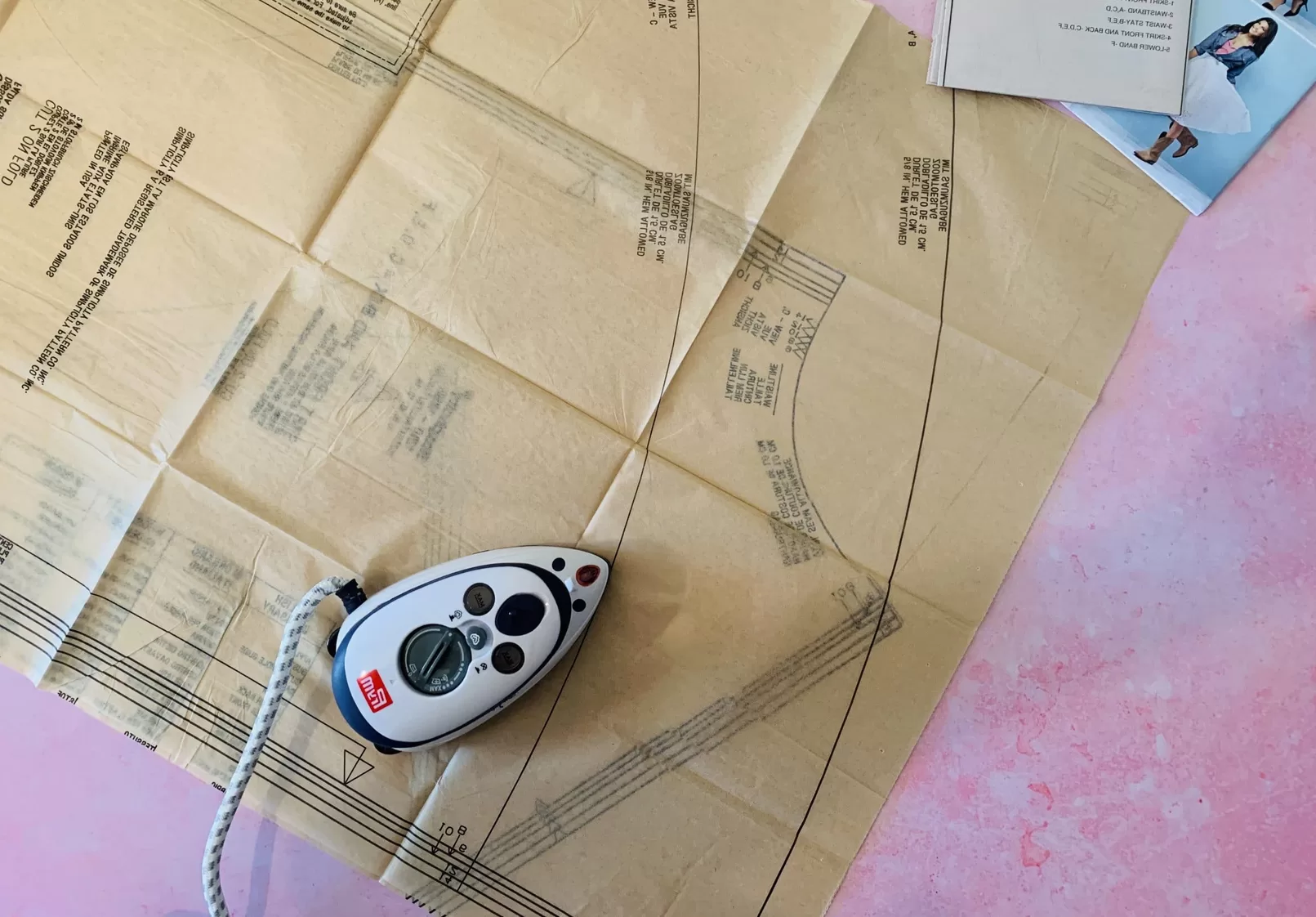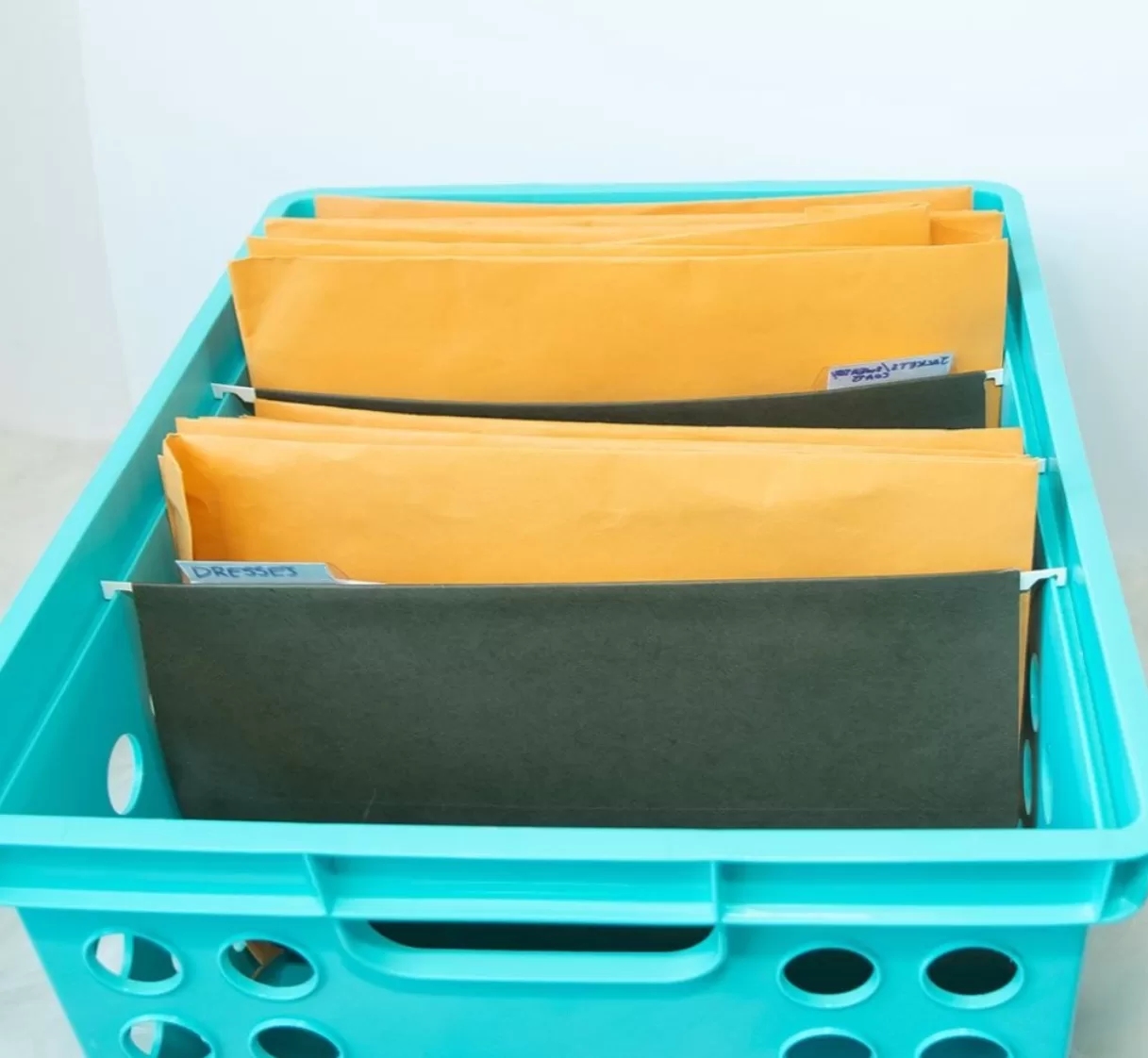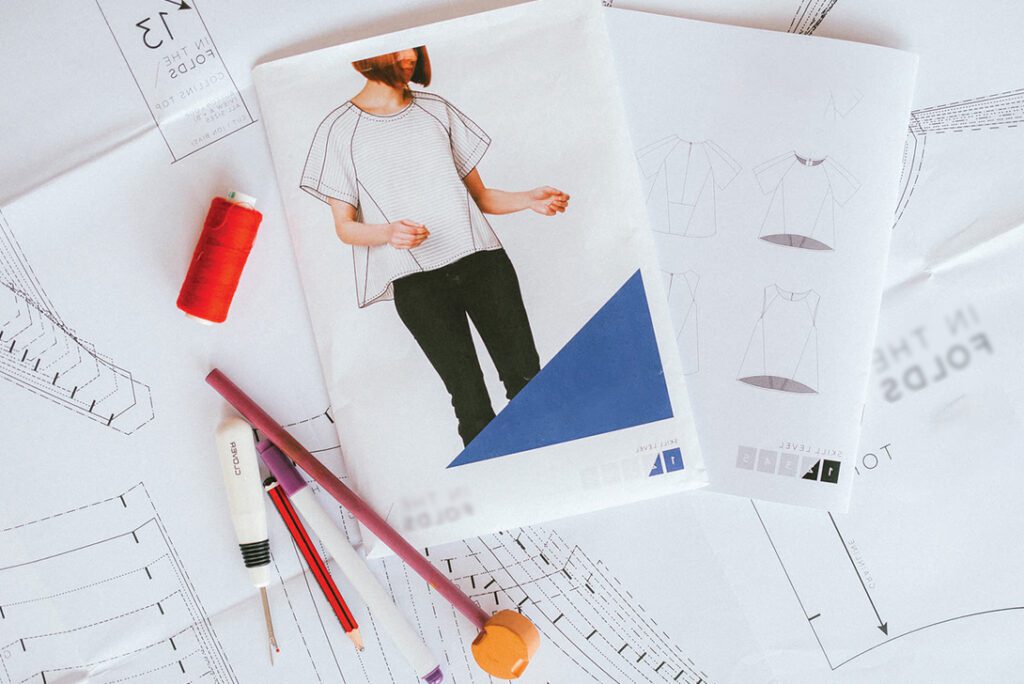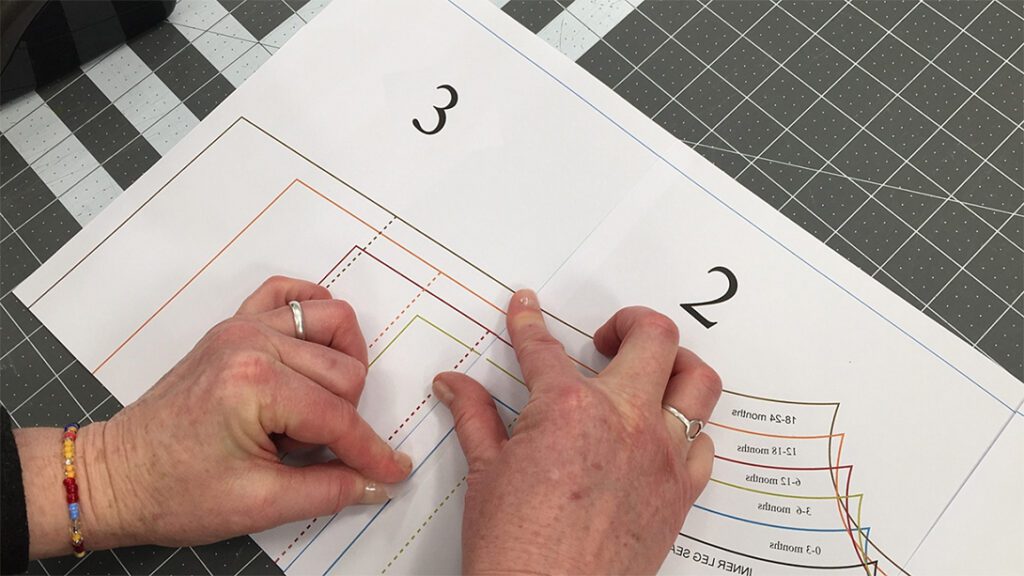
If you are a long-time fan of sewing or you have just discovered the joy of sewing you might have wondered whether or not it is possible to iron those exciting new patterns. The practice of ironing is widespread. It ensures that the fabric is perfectly flat and easy to handle – however, the question remains, can you iron sewing patterns? As a professional sewist who has spent decades providing sewing services, I have put together a comprehensive guide on this important topic.
Discovering sewing patterns
Before we explore the subject of ironing sewing patterns let’s briefly explore a definition of sewing patterns. A pattern is a set of instructions (or templates) that is used to produce a garment or other item. These patterns are available in a number of different forms. They may be printed, supplied as a .pdf, or available in another digital format.
Printed sewing patterns are the most easily recognizable and traditional ways in which a pattern is supplied. These large, printed pieces of paper are supplied with printed instructions. PDF sewing patterns are also widely available on a growing number of specialist websites and are simple to download. Digital patterns can be purchased and also downloaded from many of the popular sewing-focused websites (or accessed via an app).
What reason could you have for ironing a sewing pattern?
The idea of ironing a sewing pattern may leave you puzzled – it seems like a step that needn’t be taken. However, there are in fact some very good reason to iron a sewing pattern. Ironing will smooth out any creases or folds that have occurred during the time that the pattern was in storage – or during transportation. Ironing allows the pattern to lie perfectly flat, making it easier to handle, including simplifying tracing and cutting out.

Then there is the fact that ironing can make sometimes stiff paper more pliable, making it far easier to handle. This can be extremely helpful when one is dealing with more complex or larger patterns, as these often require extensive folding and refolding.
Finally, ironing can help to remove moisture from the paper. That moisture will often cause distortion of the pattern or warping. This step is especially important for those who may live in a humid environment – or if the storage space where you have been keeping the patterns is moist.
Answering the question: can you iron sewing patterns?
We’ve established just why someone might want to iron a sewing pattern – but the question remains: can you iron sewing patterns?
The short answer is a simple yes. However, you will have to take some factors into consideration before you apply the iron. The first of these is what type of paper has been used to create the pattern. Secondly, what ink has been used to print the pattern? Lastly, you will need to select the heat setting on the iron with great care. All of these factors count when considering how to safely iron a pattern.

Most of the patterns one comes across will be printed on tissue paper – which is extremely fine and delicate. This makes the pattern easy to work with – but, at the same time easily damaged. When you are ironing a pattern stick to low temperatures and ensure that you are using a gentle back-and-forth motion. Do not apply too much downward pressure or leave the iron immobile in one spot for any length of time – this may cause tearing. warping or even scorching.
The type of ink used to print the pattern can make a difference when ironing. Most patterns use black ink, those are generally safe to iron. However, metallic or colored ink is challenging. It’s probably best to avoid ironing over these inks as colors can bleed or fade dramatically.
If you are uncertain whether ironing is a good idea, test a small area of the pattern that will not affect its legibility. This will give you an idea of the sort of pressure and heat that are most effective – and will not damage the pattern.
How to effectively iron sewing patterns
You now know that ironing sewing patterns is possible – but how do you go about it in a way that ensures your safety and the effectiveness of the process?
Step 1: Select a low temperature for your iron. This will ensure that the paper does not burn and that it will not tear.
Step 2: Select a flat, heat-resistant surface and lay the pattern down flat. An ironing board or a piece of cardboard covered by an old towel are both ideal.
Step 3: Start at one corner and apply the iron in that gentle, sweeping motion that was previously mentioned. Keep the iron moving, and avoid lingering on one spot for too long.
Step 4: Iron small sections and slowly work your way across the entire surface of the pattern. Make sure that you iron both sides of the pattern – this will ensure that it will lay flat on your work surface.
Step 5: When you have finished ironing the entire pattern give it a chance to cool down. this will prevent tears and warping – and help you to avoid burning your fingers.
Storing Sewing Patterns Safely
Correctly storing your sewing patterns is as important as ironing them – and there are some tips to ensure that those patterns remain in great shape.
Always store your patterns in a cool, dry spot – keep them out of direct sunlight and avoid moisture-laden environments.

Make sure that your patterns are stored in plastic sleeves. Not only will this protect them from environmental factors such as dust and dirt, but it makes them easier to organize and handle.
Being organized is important – arrange your patterns by size or by type – it will make finding that perfect pattern far easier.
In Conclusion
Ironing sewing patterns can be a great way to ensure they lay flat and are a pleasure to work with. Sewists need to check the paper and the ink used to print the pattern prior to ironing – and take care to select the right ironing temperature. This will avoid damage to the pattern.
If you make the decision that ironing is something that will add value to your sewing activities then follow the steps outlined above. Take care to avoid tears and warping – and focus on storage. Keeping these points in mind will ensure that your patterns remain in ‘as new’ condition for years to come.



